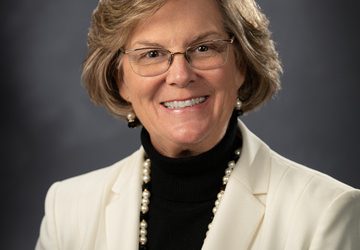States trying alternatives that prioritize rehabilitation
BECKLEY, W.Va. — West Virginia nearly doubled the rate it sent youths to juvenile facilities from 1997 to 2011, in contrast to declining rates of youthful incarceration elsewhere in the United States.
In fact, West Virginia had higher rates than the other three states that showed increases: Nebraska, North Dakota and Idaho.
Some of those numbers were cited by Gov. Earl Ray Tomblin in June when he announced his intention to overhaul the state’s juvenile justice system.
That initiative took a major step forward last week with the appointment of 26 members to the West Virginia Intergovernmental Task Force on Juvenile Justice.
The reasons West Virginia, like many states, is moving to reform its juvenile justice system are as complex as the problems facing the adult prison system.
For younger people, there are questions of whether the juvenile system works, or whether it just serves to funnel youthful offenders onto an assembly line that inevitably leads to years spent in the adult prison system.
For reasons such as this, and to control costs, states have been moving away from systems that put punishment first and instead are trying alternatives that prioritize rehabilitation.
The United States, according to a study released in 2009 by the United Church of Christ, incarcerates more of its youth than any other country in the world.
But does that work? In a study of arrest data in the 1990s, the FBI found that the rising rates of detention of youthful offenders then showed no correlation with a drop in the crime rate.
Yet some of those being held in juvenile facilities certainly should be there. Violent criminals, unfortunately, have no age threshold to meet, and murder, rape and robbery should put even a youthful offender behind bars.
But studies show that a majority of the young people in our prisons, jails and detention centers — up to 70 percent — are there because they committed nonviolent offenses.
Some of the push for reform in West Virginia is the result of a lawsuit filed against the Industrial Home for Youth and the Harriet B. Jones Treatment Center in Salem.
As The Associated Press reports: “The lawsuit alleged that inmates at the former Industrial Home for Youth were illegally strip-searched, placed in solitary confinement, and denied adequate access to exercise and educational materials. It was filed by Mountain State Justice, a public interest law firm, in April 2012 with the state Supreme Court, which later moved the case to Kanawha County Circuit Court.”
That legal action, in large part, provided the impetus to take a hard look at how West Virginia handles youthful offenders.
Many politicians with less confidence, or less character, than Gov. Tomblin have shied away from even bringing up the subject of prison reform out of fear of being called soft on crime.
We note that in recent years other states have successfully overhauled their juvenile justice systems with mostly positive results for youthful offenders, their families and their communities.
Kentucky, Georgia and Hawaii have, with the advice and guidance of the Pew Charitable Trust that is also helping West Virginia, managed to make major changes that modernized how they treat youthful offenders.
West Virginia can, and should, do the same.
For more articles and opinions such as this, subscribe to the www.register-herald.com at
http://www.register-herald.com/editorials/x611419314/Juvenile-justice





